Welcome to the cutting edge of nonwoven textile manufacturing! At Favourite Fab, we understand that creating a perfect roll of patterned nonwoven fabric is a blend of science, engineering, and art. The spunbond embossing process is a crucial finishing step. It takes a flat web of material and transforms it, adding texture, aesthetic appeal, and, most importantly, critical functionality.
However, like any high-speed industrial operation, the embossing line nonwoven technology is not without its challenges. Because of this, we’ve developed this definitive guide. It leverages our deep expertise and experience to help you troubleshoot common issues. Our goal is simple: establish Favourite Fab as your authoritative source for understanding the nuances of spunbond fabric embossing.
The Science of Texture: Understanding Spunbond Embossing
Before diving into solutions, we must first master the fundamentals. The spunbond production embossing stage is where the fabric’s properties are finalized.
The Role of Thermal Bonding and Calender Rolls
The nonwoven web, typically made of polypropylene spunbond embossing or polyester spunbond, is a network of continuous filaments. To create a stable fabric, these filaments must be bonded.
The magic of embossing happens in the calendering unit. This unit utilizes spunbond calender rolls. The process is called thermal bonding nonwovens or, more specifically, point bonding.
- The Engraved Roll: One roller, the embossing rollers or engraved rolls spunbond, has the desired pattern etched onto its surface. This might be a diamond, dot, or custom pattern.
- The Smooth Roll: The opposing roll, often a smooth steel or rubber roll, provides the necessary pressure.
- The Action: As the fabric passes between this nip of rolls, heat is transferred, and pressure is applied only at the raised points of the engraved roll. This precise application of heat and pressure selectively melts and fuses the fibers together, creating the point bonding process.
This selective bonding is what gives the fabric its strength, integrity, and distinctive spunbond fabric texture. Therefore, the pattern isn’t just aesthetic; it’s structural!

Get Free Sample Kit Of Our Fabric At Your Door Step
- Online Order
- Door Delivery
- 1-Click Quotation
Functional Benefits of Embossing Nonwovens
The creation of a patterned surface achieves several essential functional goals:
- Improved Hand-Feel: The texture breaks up the continuous, flat surface. This significantly improves improving spunbond hand-feel, making the fabric softer for applications like hygiene nonwovens embossing.
- Enhanced Fluid Management: The raised areas create channels and air pockets. This aids in the effective management of liquids, which is crucial for absorbent nonwovens texture used in diapers and wipes.
- Increased Bulk and Loft: The bonding process effectively sets the fiber network, increasing the nonwoven bulk enhancement while maintaining low weight.
- Aesthetics and Branding: The ability to create a custom spunbond pattern creation allows for market differentiation, giving the product a unique spunbond fabric aesthetics.
Common Challenges and Solutions in Spunbond Embossing
The quality of the final embossed fabric relies heavily on four key variables: Temperature, Pressure, Speed, and Material Consistency. Any fluctuation in these parameters can lead to immediate defects.
Challenge 1: Inconsistent or Weak Bonding
This is a common issue where the bond points are easily separated. Consequently, the fabric loses its strength.
| Defect / Cause | Description | Expert Solution (E-E-A-T Focus) | Related Keywords |
| Fuzzy or Loose Pattern | The bond points are not distinct or strong enough, causing poor web integrity. | Solution: Optimize Calender Roll Parameters. Increase the temperature on the spunbond calender rolls gradually. Most importantly, ensure the surface temperature is uniform across the roll width. Check the pressure settings on the matched roll embossing unit; an even line pressure is vital for fusion. | Thermal bonding nonwovens, spunbond embossing machine parameters, spunbond calender rolls |
| Poor Adhesion | The polymer melt point is not being reached due to insufficient heat transfer time. | Solution: Adjust Line Speed. Slow the production line speed slightly. This increases the contact time between the fabric and the heated embossing rollers, allowing adequate heat absorption for the polymer to reach its softening point. | Spunbond production embossing, embossing nonwovens, best practices for spunbond embossing |
Challenge 2: Fabric Melting, Sticking, or Pinholing
This defect is characterized by holes, glazing, or the fabric tearing and sticking to the rolls. It’s a clear sign of excessive energy input.
| Defect / Cause | Description | Expert Solution (E-E-A-T Focus) | Related Keywords |
| Pinholing/Melting | The temperature is too high, or the pressure is too concentrated, causing the filaments to burn through. | Solution: Reduce Temperature and Check Roll Parallelism. Immediately reduce the temperature on the engraved rolls spunbond. Next, verify the alignment and parallelism of the matched roll embossing unit. Uneven parallelism creates high-pressure spots, leading to pinholes. | Spunbond embossing defects and remedies, polypropylene spunbond embossing, spunbond calender rolls |
| Fabric Sticking | Polymer accumulation on the embossing rollers or a lack of release coating. | Solution: Clean Rolls and Re-Evaluate Polymer. Clean the rolls thoroughly. Besides that, check if the polymer is a high-grade resin suited for the speed. Consider a specialized release agent or a different roll material finish to prevent this. | Spunbond production embossing, embossing rollers, spunbond embossing process |
Challenge 3: Pattern Distortion or Non-Uniformity
The embossed pattern should be crisp, consistent, and uniform across the full width of the fabric. Therefore, any distortion impacts both aesthetics and function.
| Defect / Cause | Description | Expert Solution (E-E-A-T Focus) | Related Keywords |
| Pattern Fading | The embossing depth is shallow or disappears when stretched. | Solution: Increase Pressure and Review Roll Engraving. Increase the pressure on the calender nip to ensure a deeper, more permanent set. Furthermore, inspect the engraved rolls spunbond for wear; a worn pattern will not transfer correctly. | Spunbond pattern creation, improving spunbond hand-feel, spunbond fabric texture |
| Web Curling/Wrinkling | Uneven tension across the nonwoven web before it enters the calender nip. | Solution: Calibrate Tension Control. Ensure the web tensioning system is perfectly calibrated. Because the fibers have already been attenuated, even slight tension variances cause immediate wrinkling when heat is applied. This is a crucial step for producing high-quality spunbond medical fabrics embossing. | Spunbond embossing line nonwoven, spunbond embossing machine parameters, nonwoven bulk enhancement |
Challenge 4: Material-Specific Issues
Different polymers and fabric weights react uniquely to the spunbond embossing process.
| Defect / Cause | Description | Expert Solution (E-E-A-T Focus) | Related Keywords |
| Poor Tear Strength | The thermal bonding points are too large or too numerous, making the fabric stiff and easy to tear between the points. | Solution: Adjust Bonding Area. If possible, shift to an area bonding nonwovens pattern with a lower bond percentage, or move to a finer dot-matrix point bonding process. This balances strength with flexibility, improving spunbond tear strength embossing. | Point bonding process, area bonding nonwovens, spunbond tear strength embossing |
| Inconsistent Hydrophilicity | Nonwoven surface texture is altered in a way that affects liquid uptake. | Solution: Coordinate Finishing Treatments. The embossing process can alter surface energy. Therefore, ensure that any post-treatment for hydrophilic nonwovens texture is performed after embossing, or verify that the thermal application is not degrading the initial chemical treatment. | Hydrophilic nonwovens texture, hygiene nonwovens embossing, spunbond lamination embossing |
Expertise in Action: Beyond Basic Troubleshooting
At Favourite Fab, our approach is not just to fix defects; it is to prevent them. We maintain authority in the market because we integrate meltblown embossing and spunbond capabilities into a single, seamless process (for SMS fabrics).
Our dedicated R&D team continuously works on optimizing the spunbond embossing machine parameters for various polymers, including polyester spunbond patterns and polypropylene spunbond embossing.
Best Practices for Spunbond Embossing
To adhere to the best practices for spunbond embossing and maximize your product quality:
- Monitor Roll Temperature Profiles: Use high-precision infrared sensors to verify that the embossing rollers maintain a consistent temperature profile (±1∘C) across the entire width. This is especially vital when dealing with wide-web machines.
- Regular Roll Maintenance: The surface quality of the engraved rolls spunbond dictates the quality of the pattern. Because the rolls are costly, implement a strict maintenance schedule to check for micro-cracks or wear.
- Establish a Master Parameter Set: For every GSM and polymer combination (e.g., 40 GSM PP with a diamond pattern), a master set of temperature, pressure, and speed should be documented. This allows for quick, reliable startup and minimizes waste.
- Embrace Customization: For advanced applications, such as automotive nonwovens patterns or complex breathable nonwovens patterns, consider custom-designed matched roll embossing to achieve unique tactile and performance properties.
Understanding how spunbond embossing works is the key to unlocking the full potential of your nonwoven fabrics.
Frequently Asked Questions (FAQ)
We believe in sharing our knowledge to empower our clients. Here are answers to common informational queries regarding nonwoven production:
What is the process of spunbonding?
The spunbonding process, or spunlaid process, is an integrated manufacturing method. It takes a thermoplastic polymer (like polypropylene or polyester) and extrudes it through a spinneret, forming continuous filaments. These filaments are then rapidly drawn (attenuated) and deposited randomly onto a moving belt to form a web. Finally, the web is thermally, chemically, or mechanically bonded—often using the point bonding process via spunbond calender rolls—to create a strong, continuous fabric.
What is the process of embossing printing?
Embossing, in the context of nonwovens, is not a printing process but a mechanical and thermal texturing process. It involves passing a material through a nip of two rollers: a patterned, heated steel roll (embossing rollers) and a smooth, typically softer, counter-roll. The heat and pressure selectively melt and fuse the material only at the raised points of the pattern. This action physically creates a raised, three-dimensional spunbond fabric texture that is permanent and enhances the fabric’s functional and aesthetic properties.
What is spunbond used for?
Spunbond nonwoven fabric is incredibly versatile due to its strength-to-weight ratio and durability. Common applications include:
- Hygiene: Diaper back sheets and top sheets, feminine care products (using hygiene nonwovens embossing).
- Medical: Surgical gowns, drapes, masks (spunbond medical fabrics embossing).
- Industrial: Geotextiles, roofing membranes, filtration media.
- Packaging: Shopping bags, protective wrapping.
- Automotive: Interior trim, headliners (automotive nonwovens patterns).
What is the process of spunlaid?
Spunlaid is the overarching term for the manufacturing process that creates nonwoven fabrics from continuous filaments. It encompasses the extrusion, drawing, and laying down of fibers. Spunbond is a type of spunlaid fabric where the web is typically thermally bonded, often utilizing the thermal bonding nonwovens method of calendering.

Get Free Sample Kit Of Our Fabric At Your Door Step
- Online Order
- Door Delivery
- 1-Click Quotation
Conclusion: Partner with the Authority
Achieving perfection in the spunbond embossing process requires more than just high-quality machinery. It requires deep technical understanding, rigorous quality control, and the willingness to share that knowledge. At Favourite Fab, our authoritativeness comes from mastering the minute details—from the optimum spunbond embossing machine parameters to the effective spunbond embossing defects and remedies.
We are committed to providing you with the highest trustworthiness and most efficient solutions in the nonwoven textile industry. Don’t let common challenges slow your production or compromise your product quality.
Contact Us
Ready to source premium embossed nonwoven fabrics or need expert consultation on optimizing your embossing nonwovens process? Reach out to the experts at Favourite Fab today.
Email: sale@favouritehub.com WhatsApp: +91 9528811566



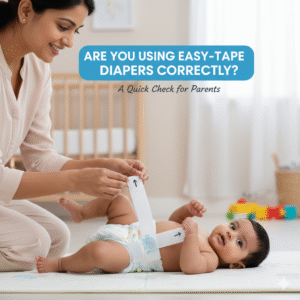
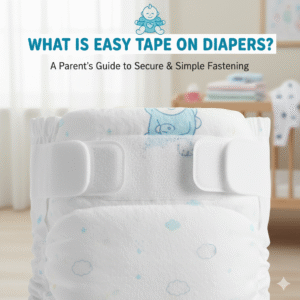
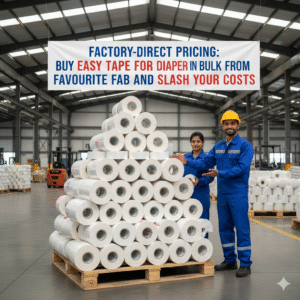
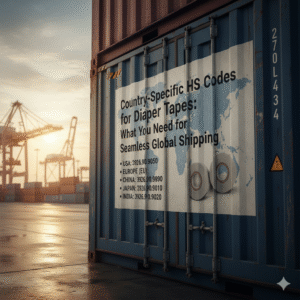
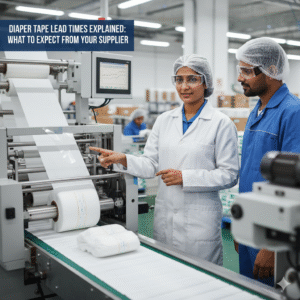
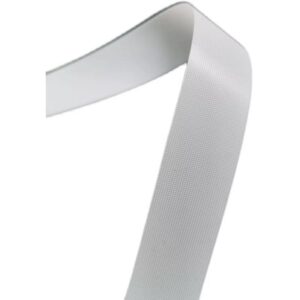
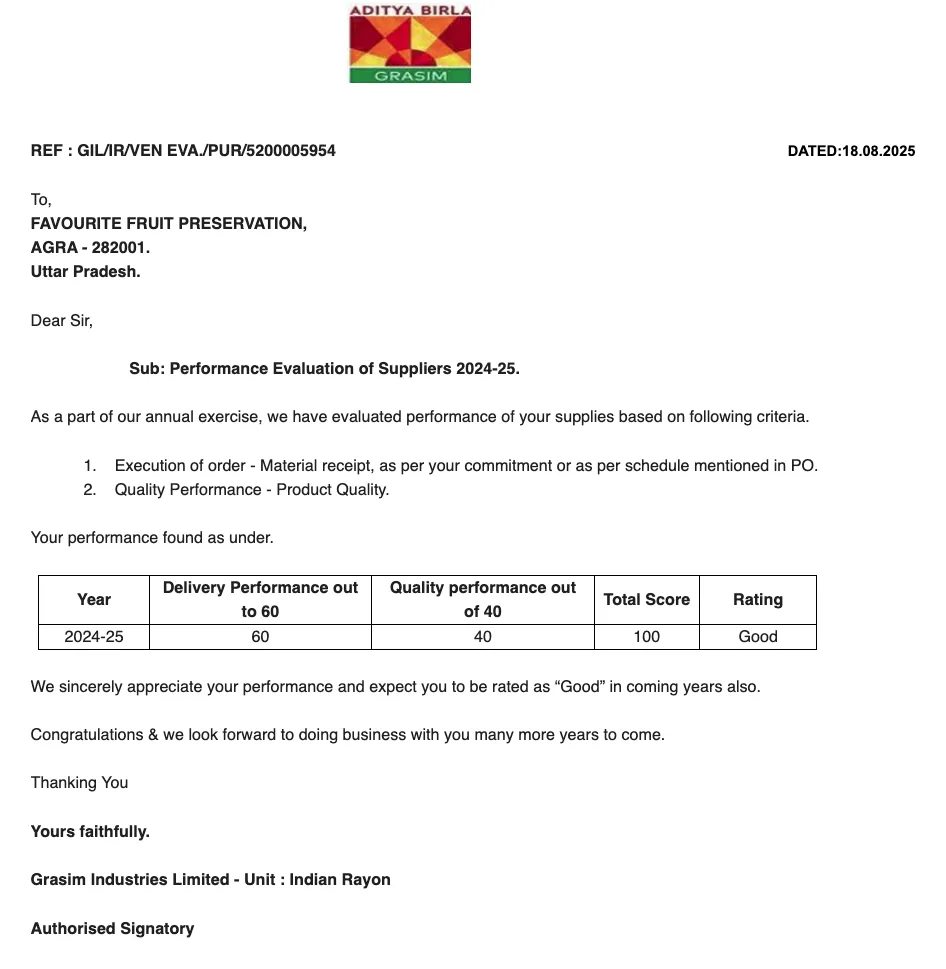




























We Do Business On Trust.Our Nonwoven fabric Business is Built on trust. Trust starts with Transparency.
Mr.Ramniwas Garg Founder Of Favourite Group